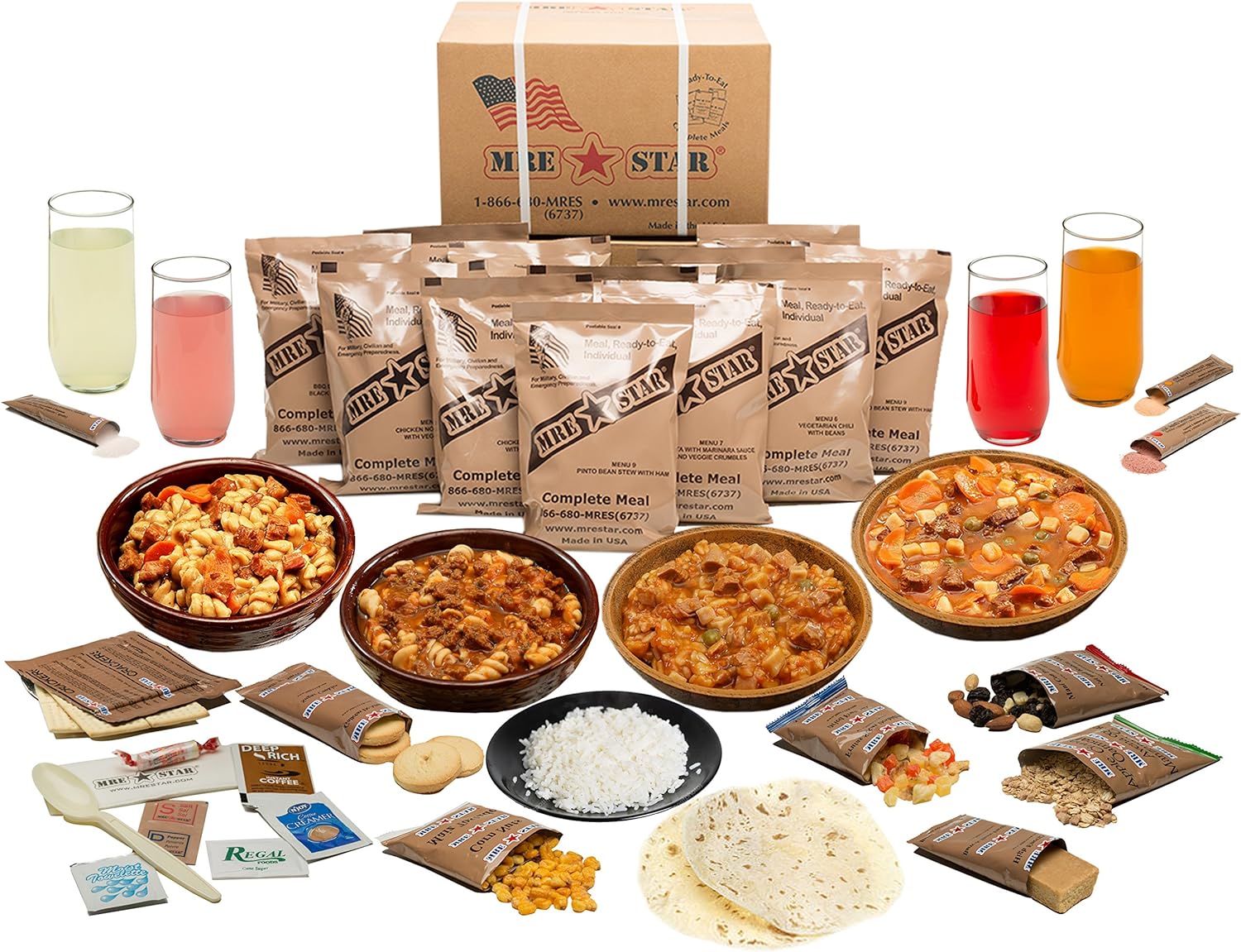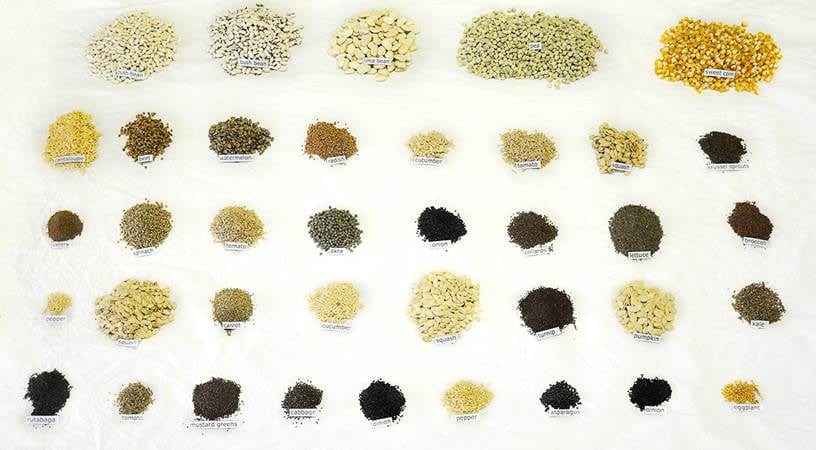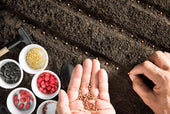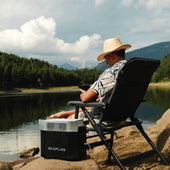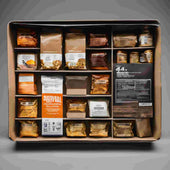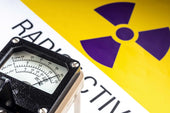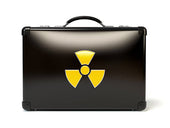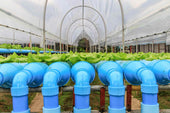Although we are all aware of the risks associated with alcohol, you will wish you had some, whether there is a social breakdown or you are simply without electricity for a few days.
Alcohol can be stored indefinitely because it doesn't spoil. It can also be used in various ways, including as an antiseptic, sterilizing tools, creating weapons, and, more crucially, as a bargaining item in a SHTF scenario, making it an excellent must-have for survival stockpiles.
Even if your home is dry, it's a good idea to have a few bottles of grain, ethyl, or drinking alcohol on hand in case of an emergency.
Learning how to make alcohol now will allow you to improve your abilities and perfect your recipes while you still have time.
In a world after collapse, alcohol might be precisely what makes you powerful.
How to Make Alcohol at Home
People have been producing alcoholic beverages since at least 10,000 BC. To produce alcohol, you need a container to ferment in, yeast, and sugar. However, things get trickier if you want to create something that genuinely tastes good!
Different Types of Alcohol
Here is an overview of the several alcoholic ferments:
Beer
Fermented grains are used to make beer. The grain is first malted to add sugar and enhance flavor. Hops are then added to preserve and add flavor. The typical beer ranges from 4% to 8%.
Fruit Wine and Cider
Both wine and cider are crafted from fruit using the same techniques. Early cap-off of fruit juices results in sparkling cider with an alcohol content between 3% and 12%. Wines are fermented for 12 to 14 days.
Bread Kvass
Kvass is a simple substitute for brewing beer here. Instead of grain, it is created from toasted bread and is best consumed while still sweet and sparkling. Since it requires neither specialist materials nor machinery, it is a simple ferment for beginners.
Mead
Another classic alcoholic beverage made from raw honey is mead, which can have an ABV of 8% to 20%.
Rice Wines
Numerous varieties of alcoholic rice drinks exist, and the production method is more like making beer than wine. The typical alcohol content of rice wines is 18–25%.
Starting with a straightforward fruit juice cider is good if you have never made alcohol. Juice and yeast are used to make this simple ferment. A sweet and sparkling beverage can be made in just a few days.
Basic Steps in Making Alcohol at Home
Here is a summary of everything you should know about making alcohol. Regardless of whether you are making wine or beer, this information applies.
-
Sanitize everything: Sanitize everything: It's crucial to ensure that all of your tools and bottles have been washed and sterilized. The best approach to avoid producing sour homebrew is to do this.
-
Primary Fermentation: Primary fermentation is the initial fermentation stage, during which the yeasts actively convert the sugar to CO2 and ethanol. Doing this in a large jug with an airlock that will let CO2 escape while preventing mold and wild yeast contamination is preferable.
-
Secondary Fermentation: Secondary fermentation is primarily about taste development and conditioning. To remove sediments and dead yeast, the generated alcohol is racked (transferred) to a clean container. After that, it is allowed to ferment gradually for a few more weeks.
-
Stopping Fermentation: The yeast will continue to ferment as long as the conditions are favorable until the sugars are entirely consumed or until the ferment exceeds the maximal alcohol tolerance for that particular variety of yeast. Stop fermentation early by chilling your ferment or adding sulfur dioxide (from 5% for wild yeasts to 18% for champagne yeast).
Specialized Equipment
Little special machinery is needed to make homemade alcohol. But if you want to create delicious drinks or even beer bottles or if you intend to keep your produced alcohol for longer than a week or two, it is helpful to have more control.
-
Tubing: Food-grade tubing and an auto-siphon help transfer liquids between carboys and bottles. They are usually worth the investment and cost around $20.
-
Airlocks: If you are serious about creating alcoholic ferments, airlocks are crucial. They keep the fermentation environment sterile while allowing CO2 to escape. Cylindrical airlocks are generally better than S-shaped ones because they are simpler to clean.
-
Hydrometer: A hydrometer compares the amount of sugar before and after fermentation to determine the estimated alcohol content of your beverage.
-
Chemicals: Various chemicals are usually used to produce wine and cider to ensure fruit ripeness, total acidity, and pH.
Homemade Alcohol for Survival Skills
Although there are other ways of producing alcohol, this article will focus on three essential formulations.
Since this article is about making alcohol after the world has been turned upside down, the quicker and more straightforward the process, the better.
These recipes don't call for expensive equipment or difficult-to-find ingredients.
Sugar Wine or Kilju
Kilju is simple alcohol produced by mixing yeast and regular table sugar. Although it doesn't taste good, it can sterilize medical equipment or be used as fuel. Although it is technically edible, it doesn't taste like the alcohol people used to drink before civilization collapsed.
In Finland, kilju is a well-known inexpensive beverage. It is not intended to be sipped for its great flavor; it is an alcoholic drink consumed only to make someone drunk.
Step 1: Gather the necessary supplies
- 2-liter bottle, lidded bucket, glass jar, etc.
- 1 cup sugar, table
- Two teaspoons of baker's yeast or, if you'd prefer, one teaspoon of wine yeast
- 4 cups of warm water, not hotter than 85 degrees, as it will kill the yeast
Step 2: Mix and Wait
Fill a clean, sterile plastic bottle with the mixture. Gently shake the bottle to mix the ingredients properly. Wait to tighten the lid once you've put it on the bottle.
Gas will be produced during fermentation, and the bottle will blow up if the gas cannot escape. Place the bottle close to a window or outside to avoid the pungent odor of the gas that is leaving.
About a week will pass as the food ferments. The fermentation process is then complete, and your kilju is prepared for the following phase when there is no bubbling.
Step 3: Strain and Enjoy
Kilju must be strained before drinking, as it becomes quite gritty after fermentation. To filter it, use an old pantyhose or a coffee filter.
After being strained, kilju is ready to be consumed. It typically contains between 16 and 20 percent alcohol, which gives it a nice little kick. This translates to a kaiju that is roughly 40 proof.
Kilju won't taste great, but add fruit, grape juice, or fresh mint leaves to the booze to make it more tolerable. Kilju should only be kept in a bottle with a lid for seven days.
Fruit Wine
Making wine is possible with almost any fruit, with berries and grapes being the two most popular options.
If you prefer a fruity beverage to straight booze, you can buy fruit juice at the grocery store to make your spirits. The procedure is straightforward and does not require expensive machinery.
It's quick and simple to follow this recipe. Fruit juice can be offered with supper or savored with friends and flavors of alcohol.
Step 1: Gather the necessary Supplies
Only a few supplies are required, which you can purchase online or from a retailer for brewers. Additionally, buying the yeast in bulk is wise if you intend to make multiple batches.
- One gallon of 100 percent fruit juice, no sugar added
- One air-lock bubbler
- One bottle stopper
- ½ cup cane sugar
- ¼ teaspoon wine yeast
Step 2: Mixing the Drink
Pour half a cup of the juice into a glass. Add the sugar and yeast, secure the lid, and vigorously shake the liquid. Shake the juice for a few seconds to help the yeast and sugar dissolve.
Refill the bottle with the juice. Check that there are 2 inches of headspace. Set the bottle on a platter or inside a baking dish, then loosely replace the cap. This will catch any juice that pops out.
Give the bottle two days to sit.
Step 3: Two Day Shakes
After two days, tighten the bottle's lid. After a thorough shake, reposition the bottle on the dish and loosen the top. Then, give the bottle two more days to rest.
Repeat the procedure when two more days have passed. The juice could appear strange throughout this process. Don't worry; it will appear better after you start drinking.
Step 4: Add the Air Lock
After waiting and shaking for six days, it's time to install the airlock. Half-fill the airlock with water. Insert the stopper into the bottle, and then add the airlock. The stopper needs to fit tightly.
When producing wine or beer, an airlock or fermentation lock is employed. It prevents air from entering the fermenter, preventing oxidation while still allowing carbon dioxide to be produced during fermentation.
Step 5: More Waiting
The fermentation process will take four to six weeks to complete. Make sure the airlock is still halfway full of water every few days. The water allows the gas produced during the process to escape while keeping out insects that might be interested in tasting your wine.
The procedure is complete, and it's time to drink when the bubbling stops and there are no movements in the airlock or bottle. You can consume the wine now or later by pouring it into a fresh glass bottle and corking it.
Moonshine a.k.a "Corn Whiskey"
Moonshine is one of the first types of home-brewed alcohol. While professionals produce hundreds of liters of moonshine at once, this guide is intended for the typical person who wishes to distill a small amount of whiskey in their garage.
These recipes can be adapted in countless ways. You can modify the procedure to fit your preferences as you become more accustomed to the procedure. As you experiment, there is a lot of trial and error, but every mistake is a teaching moment.
Moonshine is more complex than the first two techniques above.
Step 1: Gather the necessary Supplies
Since moonshine is distilled, a still is required. One can be made at home or purchased from a store. Buying one is more straightforward and affordable, especially if used frequently.
The first step is to make a mash, which will undergo fermentation and distillation to create moonshine. Once you master the procedure, you can express your creativity by adjusting the mash, which can alter the flavor of moonshine.
Mash Ingredients:
- water
- sugar
- cornmeal
- distiller's yeast
Equipment:
- airlock
- Still
- thermometer
- large metal pot
- heat source
- Fermenting container: A five-gallon water jug is a good option if you can't buy one
Step 2: Preparing the Mash
The components in this dish are all the same, making it very simple. Start with a small quantity. It is simple to recall that there will always be a 1:1 ratio. You will require:
- 5 gallons of water
- 5 pounds of sugar
- 5 pounds of cornmeal
The water should be heated to 90 degrees. Stir after adding the cornmeal. To prevent the cornmeal from burning, stir continuously. Continue after adding the sugar. At this stage, the heat can be turned off.
Stir the mixture until the sugar dissolves. If your pot isn't large enough to accommodate the entire batch, divide the recipe and create two mash batches. Then, pour it all together.
Step 3: Turning Mash Into an Alcohol
Pour the mash into the 5-gallon cooler or other suitable-sized container. Since using a bucket fermenter is typically more straightforward, and you don't have to worry about inserting an airlock into it, it is best to do so.
The airlock and hole are already present in the bucket in many cases.
Once the mash is in the bucket, it's time to add the yeast. The 5-gallon formula requires 2.5 teaspoons of distiller's yeast to make moonshine.
First, stir the yeast with a wooden spoon or thoroughly combine it in the bucket. Then, insert the stopper and airlock into the appropriate holes in the fermentation bucket.
Step 4: The Waiting Game
This step is all about waiting. The fermentation process typically takes two weeks to finish, so you must first wait for that to happen.
Once fermentation is finished, the procedure is finished. If you let it sit for one more week, no more alcohol will be made.
To check whether fermentation is still occurring, use a hydrometer. If you don't have one, you can usually tell by how much the bucket bubbles and fizzes. If there is still a little fizzing, give it a day or two more and recheck it.
Step 5: Distillation
It's time to distill the mash into alcohol after the fermentation process is complete. The percentage of alcohol will range from 8% to 20%. The alcohol will be extracted from the mash during distillation, yielding clear moonshine.
If you still need to buy one, hire someone who understands how to do it and can assist you in building one. This is an essential stage, so you don't want to waste your money on a skill that isn't functioning correctly.
Make One Now!
Much simpler than most realize, alcohol can be made at home. Of course, when you get fancy, it may get complicated, and there is a lot of possibility for error, but it is still enjoyable. These three recipes keep the easiest alcohol to make it straightforward and traditional. You only need time, sugar, and yeast.
A bottle of premium booze will taste far smoother than the alcohol you manufacture at home. But as you gain knowledge, your alcohol tolerance will increase. So now is the perfect moment to start learning how to make your alcohol while rushing out to get the required supplies and ingredients.
One day, you might not be able to run to the shop and grab a bottle.





